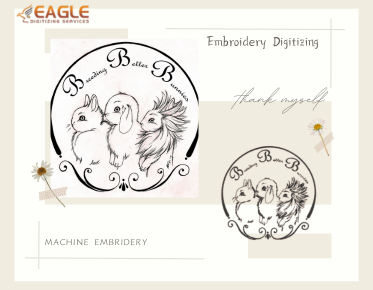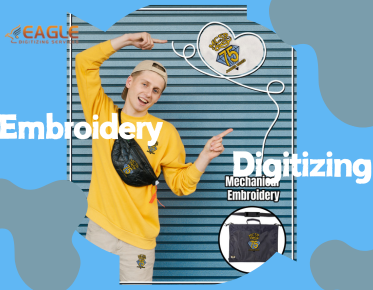The Best Fabrics for Screen Printing: A Comprehensive Guide
Screen printing is a versatile and popular method for creating custom designs on fabric. However, the success of a screen printing project often hinges on the choice of fabric. Selecting the right fabric can make a significant difference in the quality and durability of the print. In this guide, we will explore the best fabrics for screen printing, considering factors such as texture, absorbency, and durability. Whether you're a seasoned professional or a beginner, understanding these elements will help you achieve the best results in your screen printing endeavors. For more insights on screen printing techniques, you can explore silkscreen printing resources.
Understanding Fabric Characteristics
Before diving into specific fabric types, it's essential to understand the characteristics that make a fabric suitable for screen printing. The primary factors to consider include:
Texture
The texture of the fabric affects how well the ink adheres to the surface. Smooth fabrics tend to produce cleaner and more detailed prints, while textured fabrics can create a more rustic or vintage look.
Absorbency
Fabrics with high absorbency can hold more ink, resulting in vibrant colors. However, too much absorbency can lead to bleeding, where the ink spreads beyond the intended design.
Durability
Durable fabrics withstand the rigors of the printing process and repeated washing. This is crucial for maintaining the quality of the print over time.
Top Fabrics for Screen Printing
Cotton
Cotton is the most popular fabric for screen printing due to its smooth texture and excellent absorbency. It holds ink well, resulting in vibrant and long-lasting prints. Cotton is also breathable and comfortable, making it ideal for apparel.
Polyester
Polyester is a synthetic fabric known for its durability and resistance to wrinkles and shrinking. While it doesn't absorb ink as well as cotton, advancements in ink technology have made it possible to achieve high-quality prints on polyester. This fabric is often used for sportswear and promotional items.
Blends
Blended fabrics, such as cotton-polyester blends, offer the best of both worlds. They combine the softness and absorbency of cotton with the durability and wrinkle resistance of polyester. Blends are versatile and can be used for a wide range of screen printing projects.
Linen
Linen is a natural fabric with a unique texture that adds character to screen prints. It is highly absorbent, making it suitable for bold and vibrant designs. However, linen can be prone to wrinkling, so it may require additional care during the printing process.
Rayon
Rayon is a semi-synthetic fabric made from natural fibers. It has a smooth texture and excellent absorbency, making it a good choice for detailed prints. Rayon is often used for fashion items and accessories.
Special Considerations for Screen Printing
Fabric Preparation
Proper fabric preparation is crucial for achieving the best screen printing results. This includes pre-washing the fabric to remove any sizing or chemicals that may interfere with ink adhesion. Additionally, ensuring the fabric is free of wrinkles and lint will help produce a clean print.
Ink Selection
The type of ink used can affect the final outcome of the print. Water-based inks are ideal for natural fabrics like cotton, while plastisol inks work well on synthetic fabrics like polyester. Choosing the right ink for your fabric will enhance the quality and durability of the print.
Printing Techniques
Different printing techniques can be employed to achieve various effects. For example, discharge printing removes the dye from the fabric, creating a soft print that is part of the fabric itself. This technique works best on dark cotton fabrics.
Future Trends in Screen Printing Fabrics
As technology advances, new fabrics and printing techniques are emerging in the screen printing industry. Eco-friendly fabrics made from organic or recycled materials are gaining popularity, driven by consumer demand for sustainable products. Additionally, digital screen printing is becoming more accessible, allowing for more intricate designs and faster production times.
In conclusion, choosing the right fabric is a critical step in the screen printing process. By understanding the characteristics of different fabrics and how they interact with inks, you can achieve high-quality prints that meet your needs. For those looking to transform their creative visions into scalable designs, Eagle Digitizing excels in delivering professional vector art services.



.png)